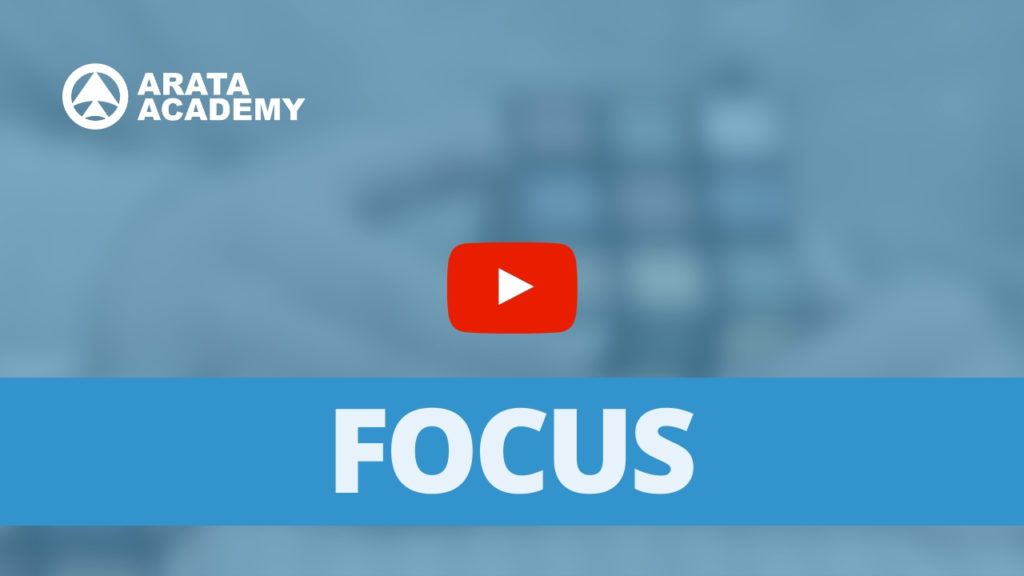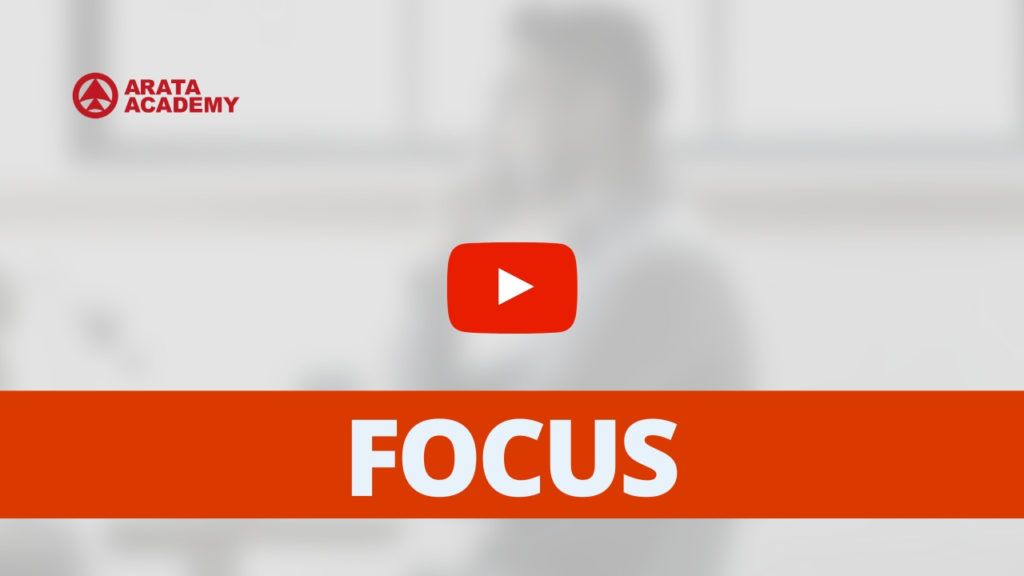Productivity Arata! Selective attention is today’s topic in our series on personal productivity. I am Seiiti Arata, and I prepared for you an ebook that you can download right now by going to this link.
You know those situations when you are trying to concentrate, and any tiny noise bothers you? Maybe it’s the people talking nearby, or a street noise. Even a library, with all the rules for maintaining silence, may have some sort of distraction that takes our focus.
We idealise a situation where we are isolated from everyone, so we can stay within our silent cave and have no interruption. Is that the solution to be able to focus?
The answer is NO. Complete isolation is not necessary for those who develop selective attention.
Neurologist Richard Davidson says that when we have a selective focus, the prefrontal cortex circuit is synchronized with the object in a phase lock. And when we are unfocused, there are several neural circuits being simultaneously activated in areas that are unrelated to what we wish to focus upon.
What does that mean? Let me illustrate:
When I am at a street market or in a popular bar where there are a lot of people making all types of noise and with loud music playing in the background, it’s still possible to talk to people around me, because my brain can identify the specific sound stimuli that interest me.
This is selective attention.
A policeman on the chase in the middle of a crowd can also keep the selective attention. He is focused.
We need to be clear about our purpose and learn to ignore all other stimuli that are not in line with that goal.
Daniel Goleman mentions two types of distractions: sensory and emotional.
Sensory distraction is, for example, anything else that is not this video you are watching now. Maybe some smell in the environment, or even the room temperature. Of all the senses, we separate those that are relevant, and then we decide to ignore the rest. When something is difficult to ignore, we call it sensory distraction.
But emotional distraction can be even more difficult to face. If the phone rings in the middle of the night, and it is a family member bringing sad news, this situation can leave us shaken for days and days. It totally takes our focus. The loss of a loved one. Chronic disease. The breakup of a relationship. Treachery. Humiliation. All these situations can leave us obsessed, unable to think of anything else.
In some situations, we may even need professional help so the mind can find ways to preserve its integrity. Otherwise there is the risk of depression, panic, obsessive-compulsive disorder or total collapse. Chronic anxiety starts here: the inability to change focus. You want to do a certain activity, but you cannot because you’re mentally stuck, thinking about something else.
In less acute situations, you’re dealing with a mild type of concern that is repeatedly haunting your head and hindering your concentration. The FOCUS course will be useful here to do the internal strengthening work, so you can become able to withstand both the emotional and sensory distractions.
If you want to strengthen your resistance to distractions now, I will share two practical tips. The first is a simplified meditation. You do not need anything complicated. Just sit for three minutes and stay in the present moment. Try to imagine that you are an observer, looking at yourself, at your situation. Note your breathing, your body temperature, the emotions that you feel. That’s it— doing only that is a great start.
The second practical tip is to download our ebook by going to this link. Cheers!

